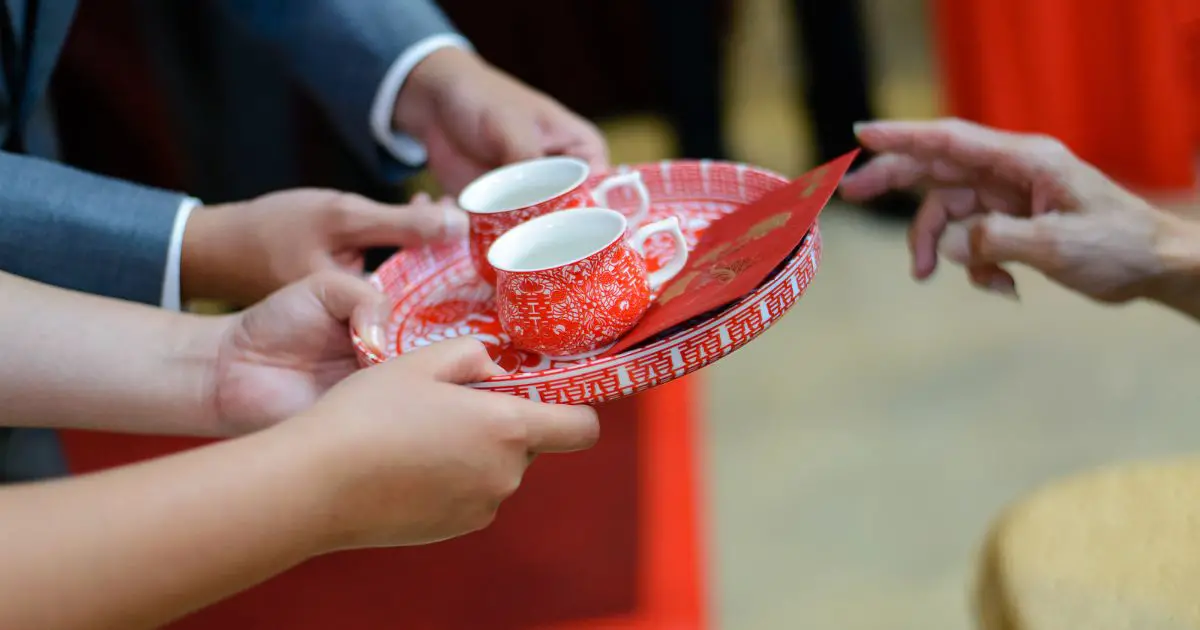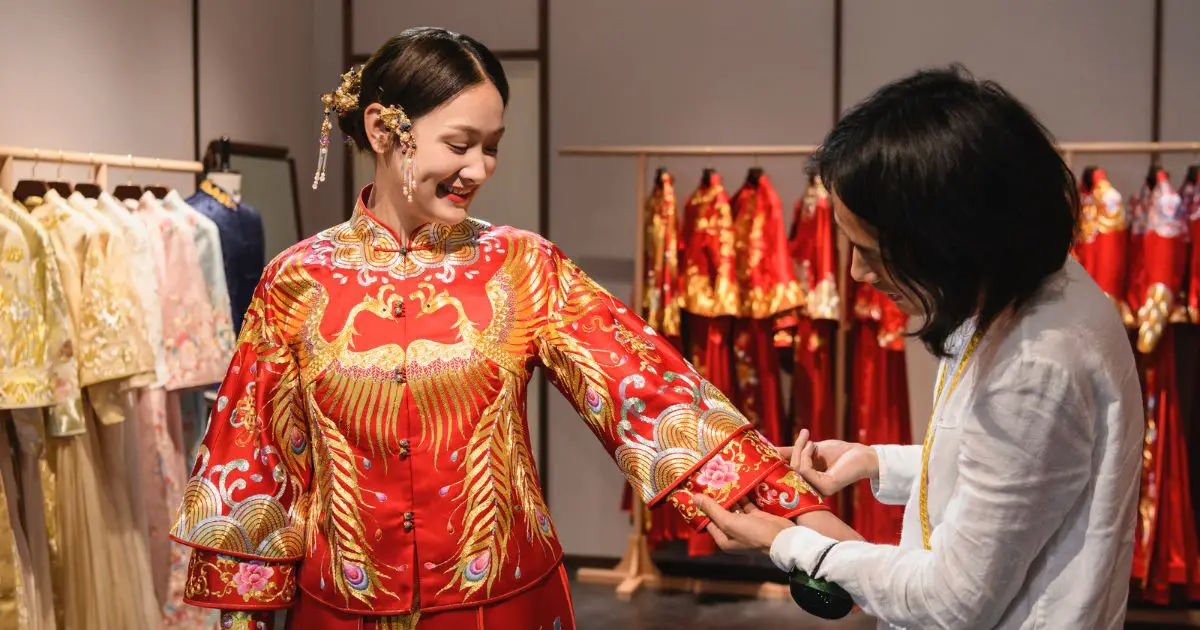How to Plan a Traditional Chinese-Filipino Wedding: Customs and Traditions in 2025

If you’re planning a Chinese-Filipino wedding, incorporating traditional customs and traditions can make your special day even more meaningful. From pre-wedding ceremonies to post-wedding rituals, there are many elements to consider when planning a Chinese-Filipino wedding. Traditional wedding planning guidelines can be hard to navigate, especially if you are simultaneously planning a Chinese-Filipino wedding. To help simplify the process, we have created this wedding planning checklist to ensure you get the most out of your special day.
Pre-Wedding Customs and Traditions
Engagement Ceremony
An engagement ceremony is a significant event in Chinese-Filipino culture, symbolizing the formal agreement between the two families. It is often a formal event that takes place months before the wedding day. During the engagement ceremony, the groom’s family visits the bride’s family to formally ask for her hand in marriage. Gifts such as jewelry, food, and lucky money are exchanged between the two families as a sign of goodwill and respect.
Matchmaker
The matchmaker plays an important role in the engagement process, facilitating the negotiations and ensuring that both parties are satisfied with the arrangement. The matchmaker may be a family member or a professional matchmaker who is well-versed in traditional customs and cultural practices.
Tea Ceremony
Another important pre-wedding tradition is the tea ceremony, which is a way to honor the parents and grandparents of the bride and groom. During this ceremony, the couple serves tea to their elders as a sign of respect and gratitude. It’s important to choose the right tea set and to understand the proper etiquette for this ceremony.
Wedding Day Customs and Traditions
Auspicious Dates and Times
Choosing an auspicious date and time for the wedding is an important part of Chinese-Filipino culture. According to tradition, certain dates and times are more favorable than others and can bring good luck and fortune to the couple. It’s important to consult a Chinese calendar and choose a date and time that aligns with your personal beliefs and values.
Wedding Attire
The wedding attire is another essential element of a Chinese-Filipino wedding. The bride typically wears a red qipao or cheongsam, while the groom wears a traditional Chinese suit or a Barong Tagalog. The color red is considered lucky and symbolizes good fortune, while gold and silver are also popular choices.
Traditional Wedding Rituals
During the wedding ceremony, there are several traditional Chinese-Filipino rituals to be aware of. The dragon and lion dance is a colorful and lively performance that symbolizes good luck and prosperity. The lighting of candles and incense is another important ritual, representing the couple’s gratitude and respect for their ancestors.
Post-Wedding Customs and Traditions
Reception and Banquet
The reception and banquet are an important part of Chinese-Filipino weddings, providing an opportunity for the couple and their families to celebrate with friends and loved ones. It’s customary to give red envelopes filled with money to guests as a sign of appreciation and good luck.
Incorporating Modern Elements
While it’s important to honor traditional customs and traditions, it’s also possible to incorporate modern elements into a Chinese-Filipino wedding. For example, you can incorporate a photo booth, a DJ or live band, or a dessert table with a mix of traditional and modern treats.

Conclusion
A Chinese-Filipino wedding is a traditional and special occasion that celebrates the convergence of two families. By planning the event with Chinese customs, songs, and rituals, you can create a moment to celebrate the heritage of your relationship. Those involved in the wedding ceremony will appreciate a meaningful and satisfying experience. Planning a small intimate wedding or a grand celebration depends on your budget. To guide you, this article has provided information on some key points before you become overwhelmed with detail.


